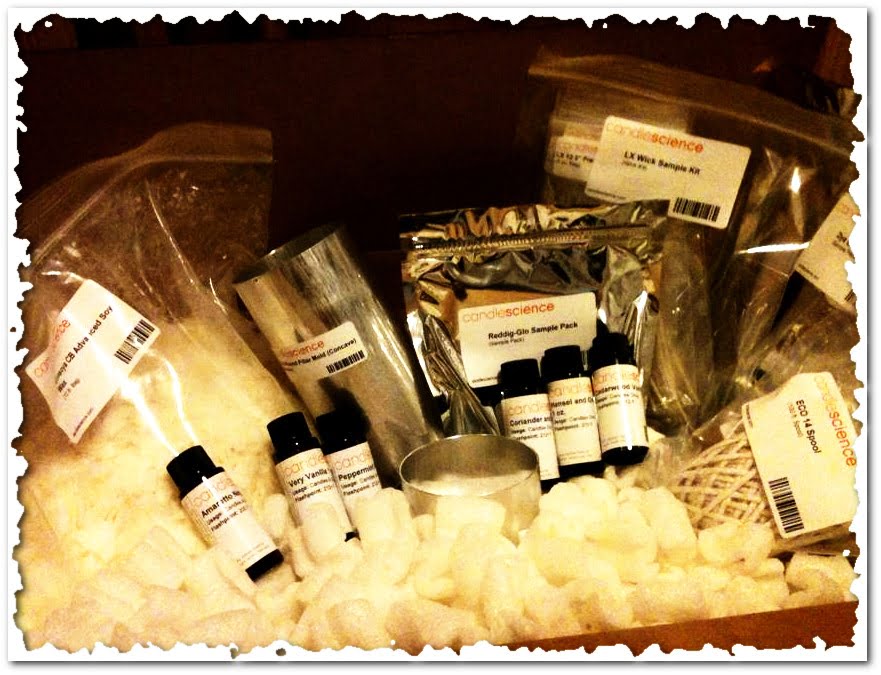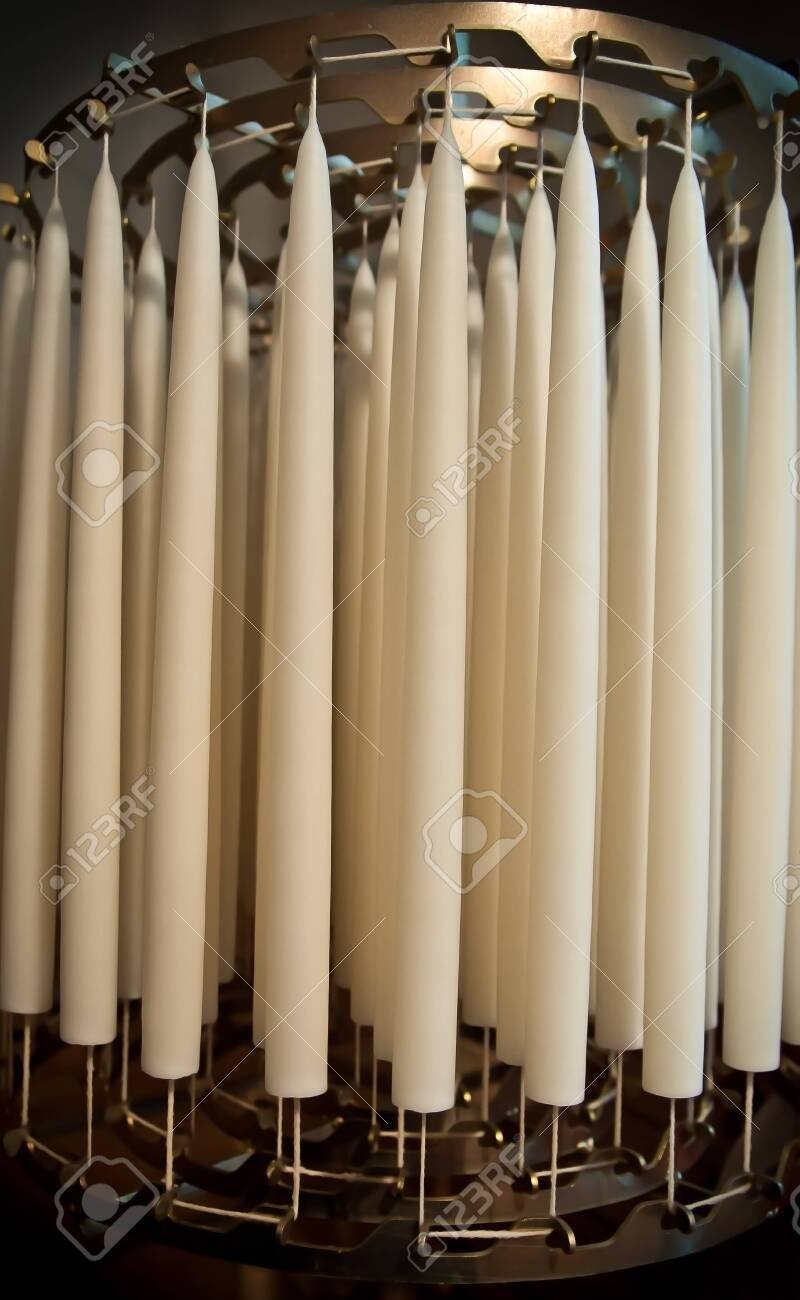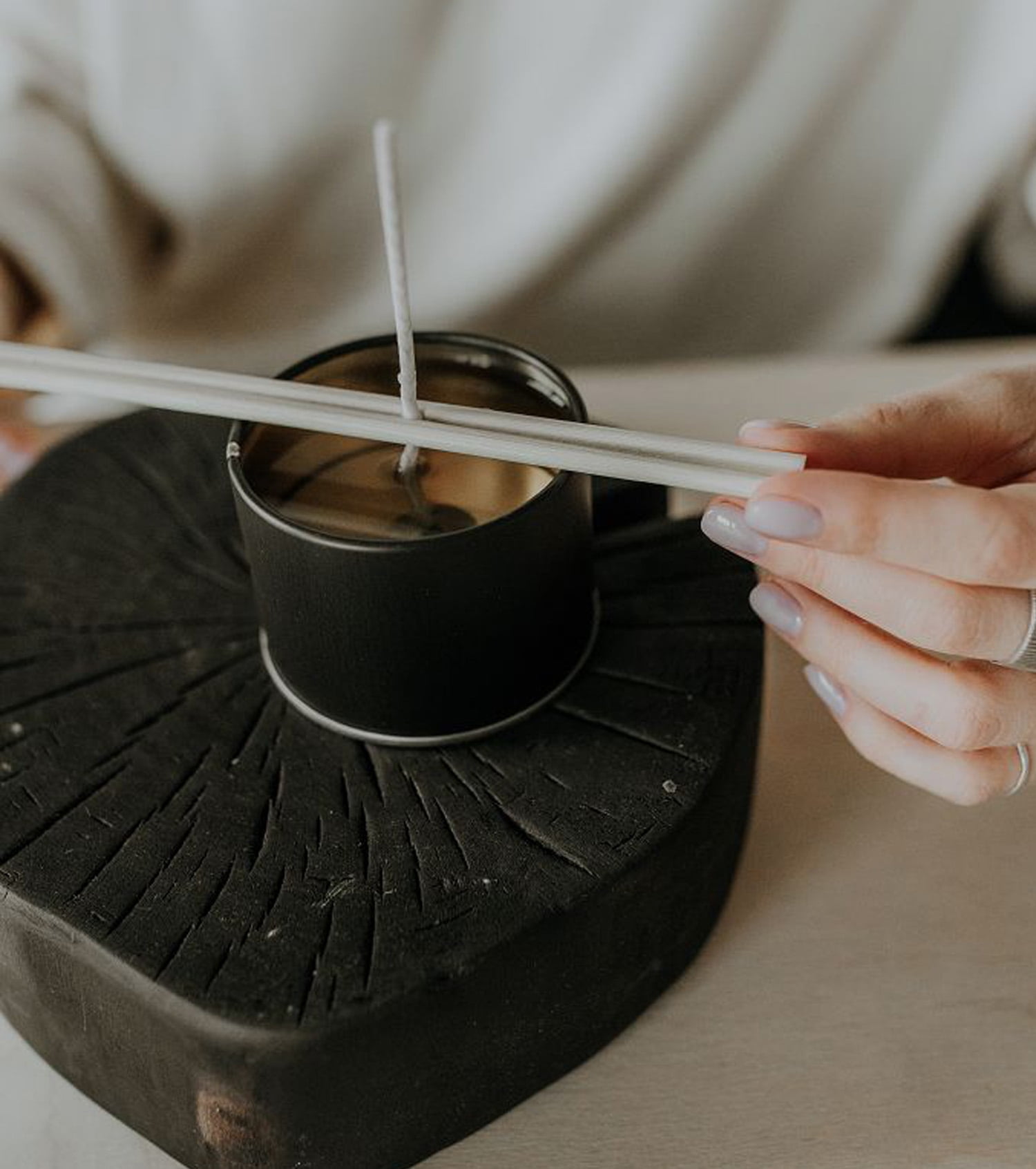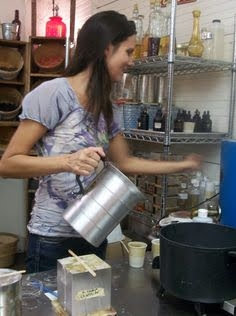Are you curious about how many types of wax for candle making are available? Candle making is a popular hobby and craft that has been around for centuries. It allows for creativity and personalization, resulting in beautiful, customized candles. One of the most important aspects of candle making is the type of wax used, as it significantly impacts the quality, appearance, and performance of the finished product.
When it comes to candle making, choosing the right wax is crucial. With advancements in technology and a growing emphasis on sustainability, there are now various types of wax available for candle making. In this article, we will delve into the different options for candle waxes and explore their unique characteristics and benefits.
Whether you are a beginner or an experienced candle maker, understanding the various types of wax for candle making is essential in creating your desired candle. From classic choices like paraffin wax to sustainable alternatives such as soy wax and natural options like beeswax, there is a wide range of waxes to consider when embarking on your candle making endeavors.
Understanding the Importance of Wax in Candle Making
Wax is the central component in candle making, and it plays a crucial role in determining the quality, burn time, and scent throw of your candles. There are several different types of wax to choose from when making candles, each with its own unique characteristics and benefits. Understanding the importance of wax in candle making is essential for creating high-quality and long-lasting candles.
When choosing the right wax for your candle making endeavors, it’s important to consider factors such as scent throw, burn time, sustainability, and appearance. Different types of wax can offer varying levels of fragrance release, burn slower or faster, and even create unique visual effects when the candle is lit. Additionally, some waxes may be more environmentally friendly and sustainable compared to others.
In order to create the perfect candle for your needs, it’s crucial to understand how different types of waxes perform in various aspects. This includes considering the melting point of the wax, its compatibility with different types of fragrances and dyes, as well as any potential environmental impact.
Ultimately, by understanding the importance of wax in candle making and the different options available, you can make an informed decision on which type of wax will best suit your desired outcome.
- Paraffin Wax
- Soy Wax
- Beeswax
- Palm Wax
- Gel Wax
- Coconut Wax
- Rice Bran Wax
How Many Types of Wax for Candle Making
When it comes to making candles, choosing the right type of wax is crucial in determining the quality, appearance, and burn time of the finished product. There are several types of wax available for candle making, each with its own unique characteristics and benefits. In this section, we will provide an overview of the different types of wax commonly used in candle making, including paraffin wax, soy wax, beeswax, palm wax, gel wax, and other less traditional options.
Paraffin Wax: The Classic Choice for Candle Making
Paraffin wax is one of the most popular choices for making candles due to its affordability and accessibility. It is derived from petroleum and offers excellent scent throw and a smooth finish. However, some people may have concerns about using paraffin wax due to its non-renewable nature and potential environmental impact.
Soy Wax: A Sustainable and Eco-Friendly Alternative
Soy wax has gained popularity as a sustainable and eco-friendly alternative to paraffin wax. Made from soybean oil, this type of wax burns cleaner and longer than paraffin while also being biodegradable. Additionally, soy wax has a lower melting point which makes it easier to work with when making candles.
Beeswax: A Natural and Aromatic Wax Option
Beeswax is a natural byproduct produced by honeybees and is known for its naturally sweet aroma. It burns slower than other waxes and emits a warm glow when lit. Beeswax candles are popular among those who prefer all-natural products and enjoy the honey-like scent that beeswax provides.
In addition to these well-known options, there are also lesser-known waxes such as palm wax, gel wax, coconut wax, rice bran wax, and more that offer unique characteristics for candle making enthusiasts to explore. Each type of wax has its own distinct qualities in terms of appearance, fragrance retention, burn time, and environmental impact. Understanding these differences can help you make an informed decision on which type of wax is best for your candle making endeavors.
Paraffin Wax
One of the key advantages of using paraffin wax for candle making is its versatility. It can be easily blended with other waxes or additives to create custom formulations that suit specific candle making needs. Additionally, paraffin wax has a smooth and creamy texture, allowing it to hold intricate designs and shapes when used for decorative candles. This makes it an excellent choice for creating unique and visually appealing candles.
While paraffin wax has been a staple in the candle making industry, it does have some drawbacks. One of the main concerns associated with paraffin wax is its petroleum-based nature, which may not align with a sustainable or eco-friendly ethos. In recent years, there has been a growing demand for alternative wax options that are more environmentally friendly. Despite this, paraffin wax remains a popular choice among candle makers due to its affordability and performance characteristics.
Overall, paraffin wax continues to be a go-to option for many candle makers due to its wide availability, ease of use, and ability to produce high-quality candles. Whether you are making candles as a hobby or professionally, considering the benefits and limitations of paraffin wax can help you make an informed decision on which type of wax to use in your candle making endeavors.
Soy Wax
When it comes to candle making, choosing the right wax is crucial for achieving the desired results. In recent years, there has been a growing interest in sustainable and eco-friendly options, leading to an increased popularity of soy wax among candle makers. This section will delve into the characteristics of soy wax and why it is considered a favorable alternative for environmentally-conscious individuals.
Soy wax is derived from soybean oil, making it a renewable and biodegradable resource. It is also non-toxic, which means that it produces minimal soot when burned, resulting in cleaner air compared to paraffin candles. In addition to being environmentally friendly, soy wax also has a lower melting point, allowing for a longer-lasting candle with a slower burn rate.
Here are some key points to consider when using soy wax for candle making:
- Renewable and Biodegradable
- Non-toxic and Low Soot Production
- Longer Lasting and Slower Burn RateHow many types of wax for candle making
Beeswax
When it comes to candle making, one of the most popular and widely used types of wax is beeswax. This natural wax is produced by honeybees and has been used for centuries due to its unique properties. Beeswax is known for its naturally sweet aroma and beautiful golden color, making it a favorite among candle makers who prioritize natural and sustainable materials.
Benefits of Beeswax
Beeswax offers numerous benefits that make it an attractive option for candle making. Firstly, it has a natural fragrance that adds a pleasant aroma to candles without the need for additional scents or essential oils. Additionally, beeswax has a longer burn time compared to other waxes, meaning that candles made from beeswax will last longer, providing customers with more value for their purchase.
Considerations When Using Beeswax
While beeswax has many advantages, there are also some considerations to take into account when using this type of wax for candle making. One factor to keep in mind is the cost – beeswax tends to be more expensive than other types of wax, which may impact the overall pricing of the finished candles. Additionally, beeswax can be trickier to work with as it requires careful temperature control during the melting and pouring process in order to maintain its unique properties.
Palm Wax
One of the unique properties of palm wax is its ability to create intricate designs and patterns within the candle itself. This makes it an ideal choice for creating decorative, artisanal, and custom-designed candles that are not only functional but also serve as works of art in their own right. Additionally, palm wax has a natural scent that adds to the ambiance of the candle when lit, enhancing the overall sensory experience for the user.
In terms of sustainability, palm wax is considered to be a more environmentally friendly option compared to traditional paraffin wax. It is biodegradable and comes from a readily available source, which means that it has a lower impact on the environment. This makes it an attractive choice for eco-conscious consumers who are looking for sustainable alternatives in their candle purchases.
| Advantages | Considerations |
|---|---|
| Natural and renewable resource | Potential concerns about deforestation |
| Creates intricate designs and patterns | May require special equipment for melting and pouring |
| Environmentally friendly and biodegradable | Pricing may be higher compared to other waxes |
Gel Wax
One of the advantages of using gel wax is its ability to hold a high fragrance load, resulting in strong and long-lasting scented candles. Additionally, because of its transparency, gel wax allows for creative possibilities when it comes to layering different colors and adding decorative elements within the candle design. This makes it an ideal choice for creating visually appealing and aesthetically pleasing candles.
When working with gel wax, it’s important to note that it requires a higher melting point compared to other types of wax, typically around 200°F (93°C). It’s also essential to use specific gel-compatible wicks that are designed to burn efficiently in this type of wax. Overall, if you’re looking to create unique and visually striking candles, gel wax is definitely worth considering as part of your candle making repertoire.
| Wax Type | Characteristics |
|---|---|
| Paraffin Wax | Classic choice; easy to work with; good scent throw |
| Soy Wax | Sustainable; eco-friendly; clean-burning |
| Beeswax | Natural; aromatic; golden hue |
| Palm Wax | Unique crystalline form; great for decorative candles |
Other Wax Options
When it comes to candle making, there are various wax options available for crafters to explore. In addition to paraffin, soy, beeswax, and palm wax, there are other lesser-known options that can offer unique characteristics to your candles.
Coconut wax, for example, is a sustainable and eco-friendly alternative that is known for producing a clean and slow-burning flame. This type of wax is derived from the cold-pressed oil of coconuts and has gained popularity in recent years due to its sustainability and ability to hold fragrance well.
Rice bran wax is another lesser-known option that is derived from rice bran oil. It has a higher melting point compared to other waxes, which makes it suitable for warmer climates or outdoor use.
Rice bran wax also has a natural golden color that can add a unique touch to your candles without the need for additional dyes or colorants. Additionally, this type of wax is known for its ability to hold a strong scent throw, making it a great choice for scented candles.
Aside from coconut wax and rice bran wax, there are even more unconventional options available for candle making enthusiasts. For example, bayberry wax has been used historically in candle making and is known for its naturally sweet aroma. Similarly, carnauba wax offers a glossy finish and is often used in decorative or specialty candles. By exploring these lesser-known wax options, candle makers can discover new ways to create unique and high-quality candles that stand out in the market.
Overall, understanding how many types of wax are available for candle making can open up a world of possibilities for crafters looking to experiment with different materials and create distinctive candles. Each type of wax brings its own set of benefits and characteristics to the table, allowing crafters to find the perfect match for their specific candle making needs.
Whether you prioritize sustainability, fragrance retention, or aesthetic appeal, there is sure to be a suitable wax option out there waiting to be explored.
Conclusion
In conclusion, the art of candle making involves a wide array of wax options to choose from. Understanding the importance of wax in candle making is crucial as it directly impacts the quality, performance, and aesthetic appeal of the final product. From classic paraffin wax to sustainable soy wax, natural beeswax, unique palm wax, and transparent gel wax, there are several types of waxes available for candle making enthusiasts.
Each type of wax offers distinct characteristics and benefits, catering to the diverse preferences and needs of candle makers. Whether you prioritize sustainability, aesthetics, scent throw, or burn time, there is a wax option that aligns with your specific requirements. Additionally, exploring alternative wax options such as coconut wax and rice bran wax can lead to innovative and creative candle making endeavors.
Ultimately, when choosing the right wax for your candle making projects, consider factors such as cost, availability, environmental impact, fragrance retention, and overall performance. Experimenting with different types of waxes can also lead to new discoveries and unique formulations that set your candles apart in the market. With proper research and experimentation, you can find the perfect wax that suits your individual style and vision for candle making.
Frequently Asked Questions
What Type of Wax Is Best for Candle Making?
The type of wax that is best for candle making depends on various factors such as the desired candle texture, burning time, and fragrance throw. Some popular options include paraffin wax, soy wax, beeswax, and coconut wax.
What Is the Most Efficient Candle Wax?
The most efficient candle wax is often considered to be soy wax. It burns slower and cleaner than other waxes, providing a longer-lasting candle with minimal soot and smoke. Additionally, soy wax has good scent throw capabilities.
What Is the Most Common Wax Used in Candles?
The most common wax used in candles is paraffin wax. It is widely available, economical, and has good scent throw properties. However, it is important to note that paraffin is derived from petroleum and may not be considered as natural as other alternatives like soy or beeswax.

Welcome to my candle making blog! In this blog, I will be sharing my tips and tricks for making candles. I will also be sharing some of my favorite recipes.





